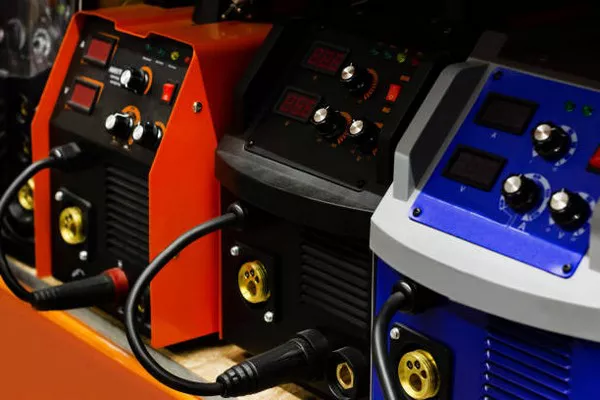Generators play a crucial role in providing backup power during emergencies or in off-grid locations. While these versatile machines are essential, it is equally important to ensure their safe operation. One critical aspect of generator safety is proper grounding. Grounding a generator helps protect both equipment and individuals from electrical hazards. In this comprehensive guide, we will explore the importance of generator grounding and provide step-by-step instructions on how to ground a generator effectively.
Why Grounding is Essential:
Prevention of Electrical Shocks: Proper grounding prevents the accumulation of excess electrical charge in the generator, reducing the risk of electrical shocks. In the absence of grounding, the generator’s metal components may become energized, posing a serious hazard to anyone in contact with the equipment.
Protection of Equipment: Grounding helps protect the generator and connected devices from voltage spikes and electrical faults. It acts as a safety measure, preventing damage to sensitive electronics and extending the lifespan of the generator.
Compliance with Safety Standards: Following proper grounding procedures ensures compliance with industry safety standards and regulations. Adhering to these guidelines not only promotes safety but also helps avoid legal issues that may arise from non-compliance.
See Also Do Generators Run On Gas?
Step-by-Step Guide to Grounding a Generator:
Select a Suitable Location: Choose a flat, well-ventilated area away from combustible materials. Ensure the generator is placed on a stable surface to prevent tipping or vibrating during operation.
Use a Generator Grounding Rod: A grounding rod is a fundamental component of the grounding system. It should be made of copper or galvanized steel and be at least 4-8 feet long. Drive the rod into the ground near the generator, leaving a few inches above the surface.
Connect the Generator Frame to the Grounding Rod: Use a heavy-gauge copper wire to connect the generator frame to the grounding rod. This wire, known as the grounding conductor, should be securely attached to both the generator’s grounding terminal and the grounding rod. Ensure that the connection is tight to maintain a low-resistance path to the ground.
Verify the Grounding System: Perform a thorough inspection of the grounding system to confirm its effectiveness. Check for loose connections, corrosion, or any damage to the grounding rod and wires. A well-maintained grounding system is crucial for optimal safety.
Utilize Ground Fault Circuit Interrupters (GFCIs): Install GFCIs in the generator’s electrical outlets to provide an additional layer of protection. GFCIs automatically disconnect the circuit if they detect a ground fault, preventing electrical shocks.
Regularly Inspect and Maintain the Grounding System: Conduct routine inspections of the grounding system to identify and address any issues promptly. Check for signs of wear, corrosion, or damage to the grounding rod and wires. Regular maintenance ensures the continuous effectiveness of the grounding system.
Avoid Overloading the Generator: Overloading the generator can lead to overheating and electrical faults. Be mindful of the generator’s rated capacity, and avoid connecting more devices than it can safely power. Overloading increases the risk of electrical hazards and equipment damage.
Invest in Quality Extension Cords: Use heavy-duty, grounded extension cords to connect devices to the generator. Ensure that the extension cords are in good condition and suitable for outdoor use. Avoid using damaged or frayed cords to prevent electrical hazards.
Educate Users on Safety Procedures: Anyone operating or utilizing the generator should be aware of proper safety procedures. Provide clear instructions on how to connect and disconnect devices, emphasizing the importance of maintaining a safe distance from the generator during operation.
Conclusion:
Grounding a generator is a critical step in ensuring the safety of both individuals and equipment. By following the step-by-step guide outlined above, users can establish a robust grounding system that complies with safety standards and reduces the risk of electrical hazards. Regular maintenance and adherence to safety guidelines will contribute to the longevity and reliable performance of the generator, making it an invaluable asset in times of need.\

